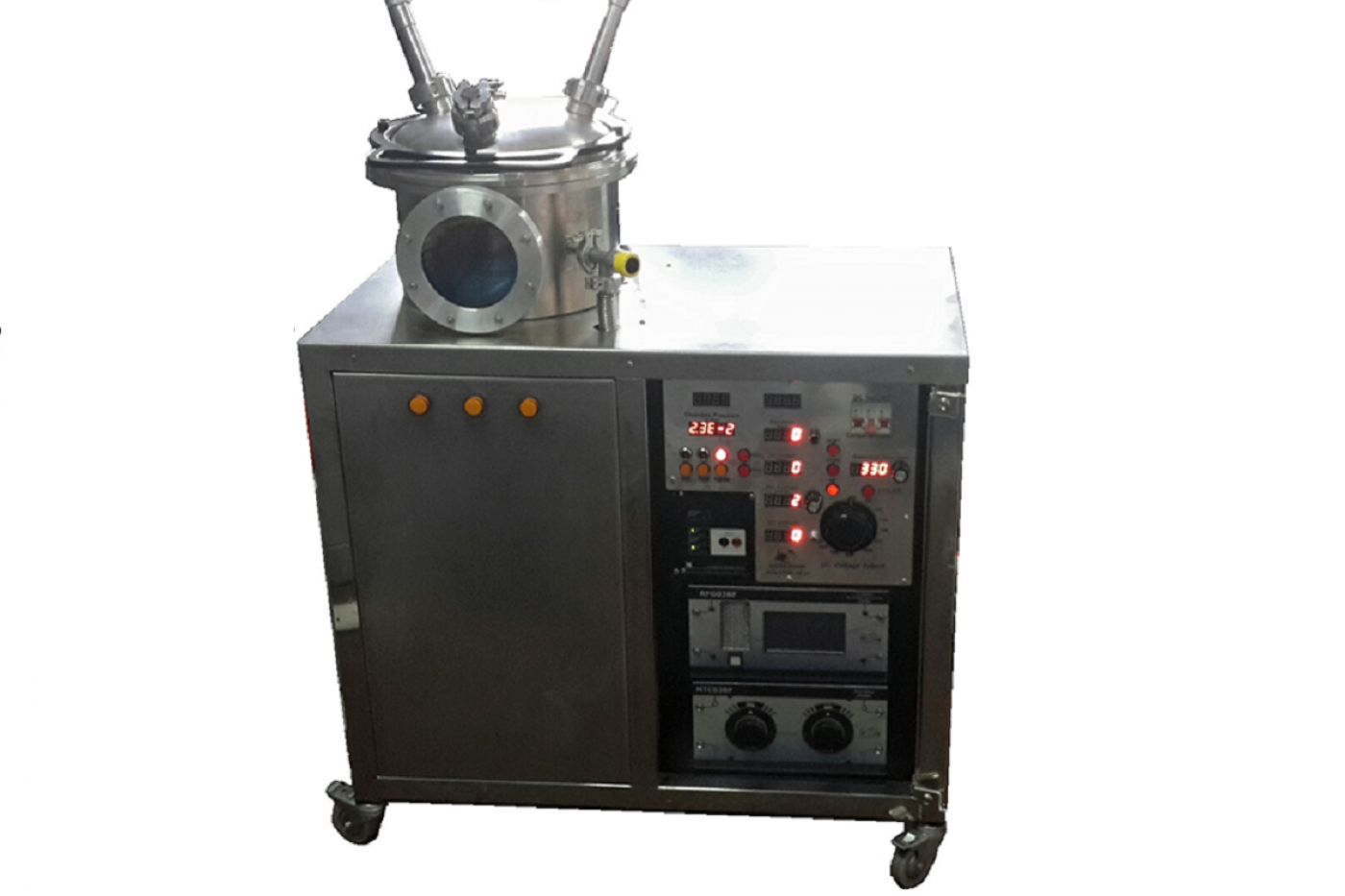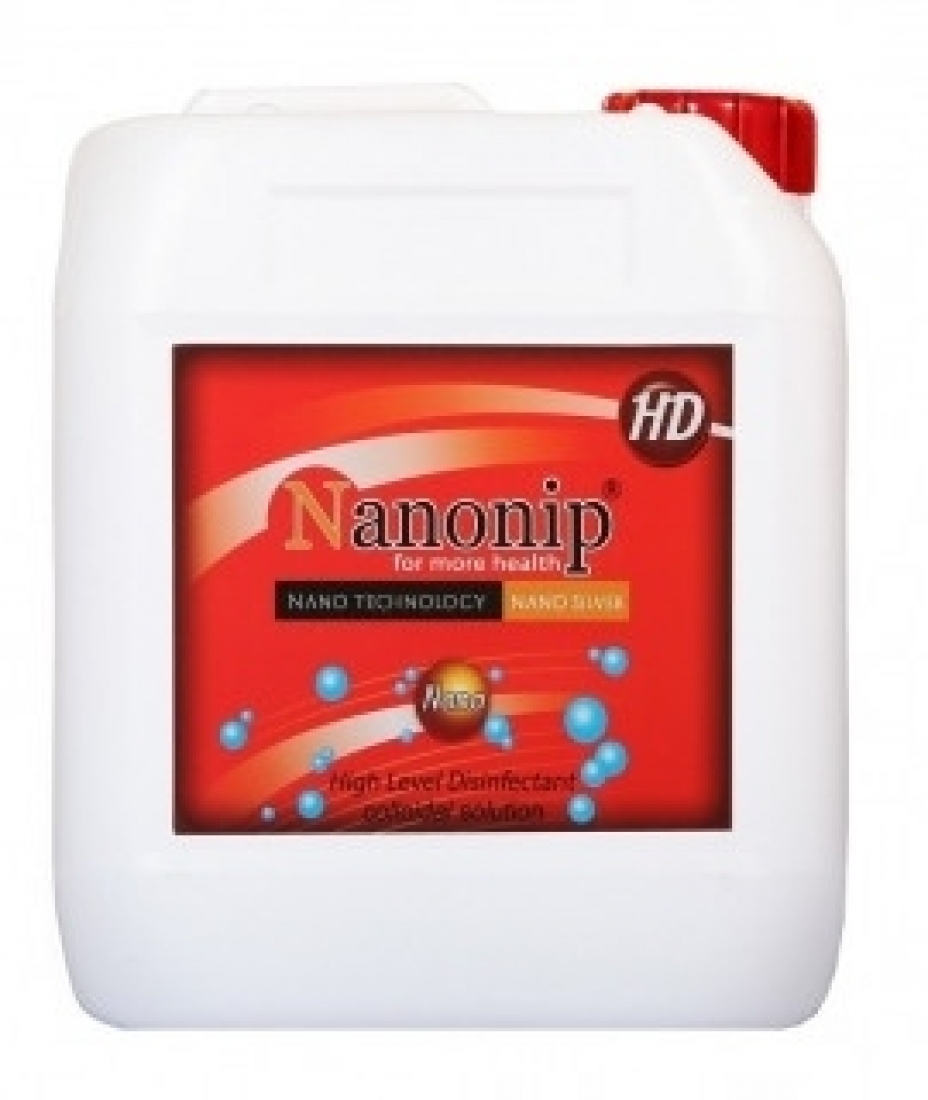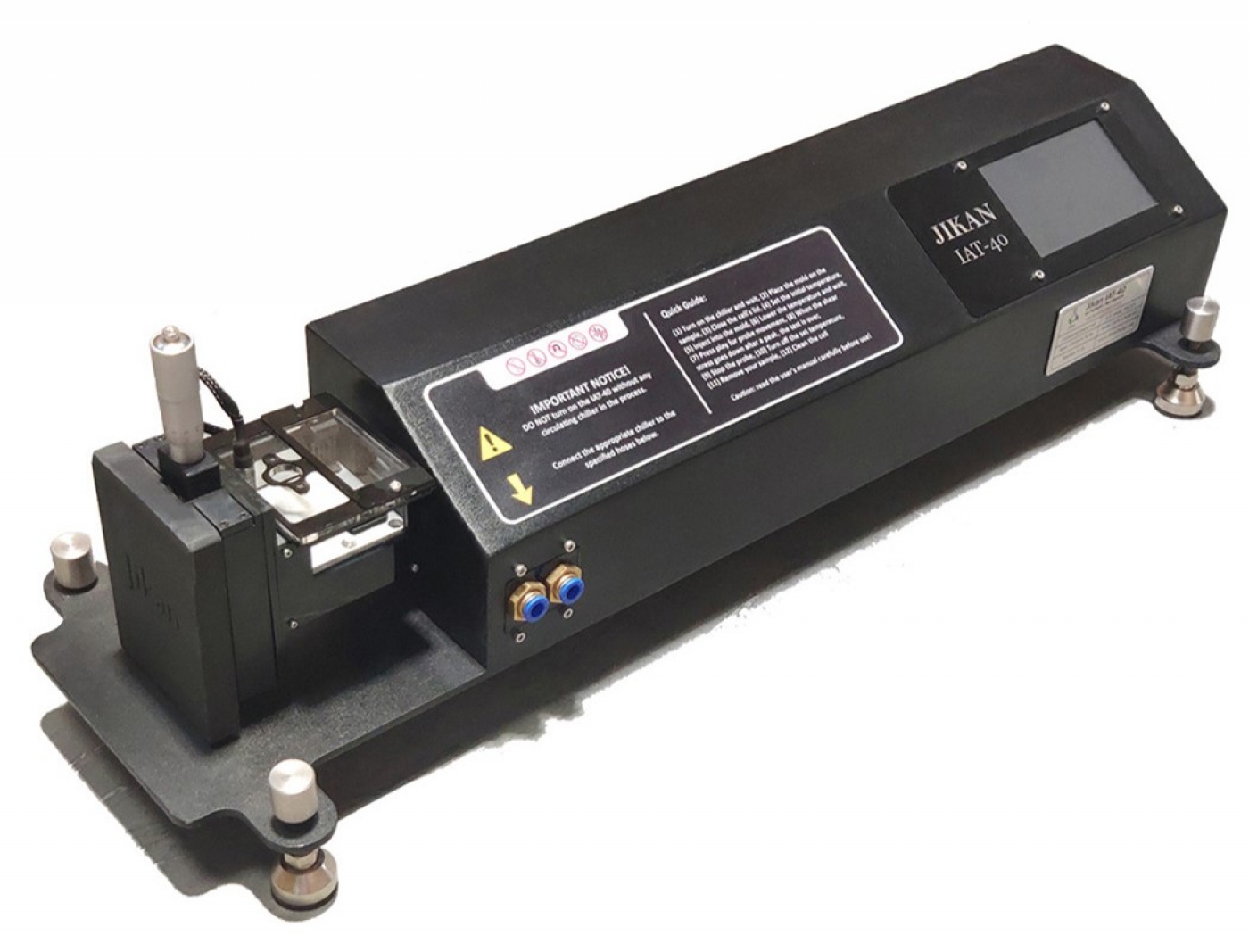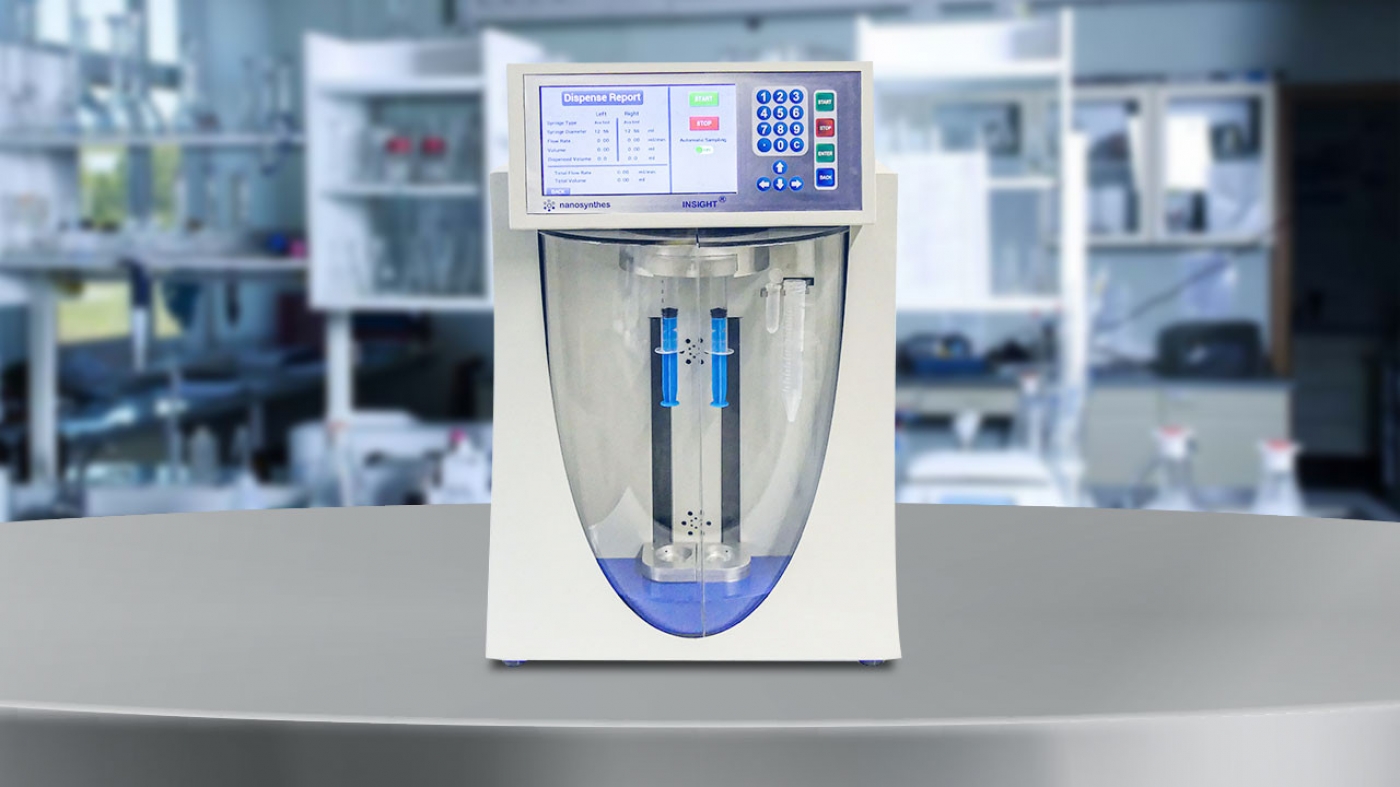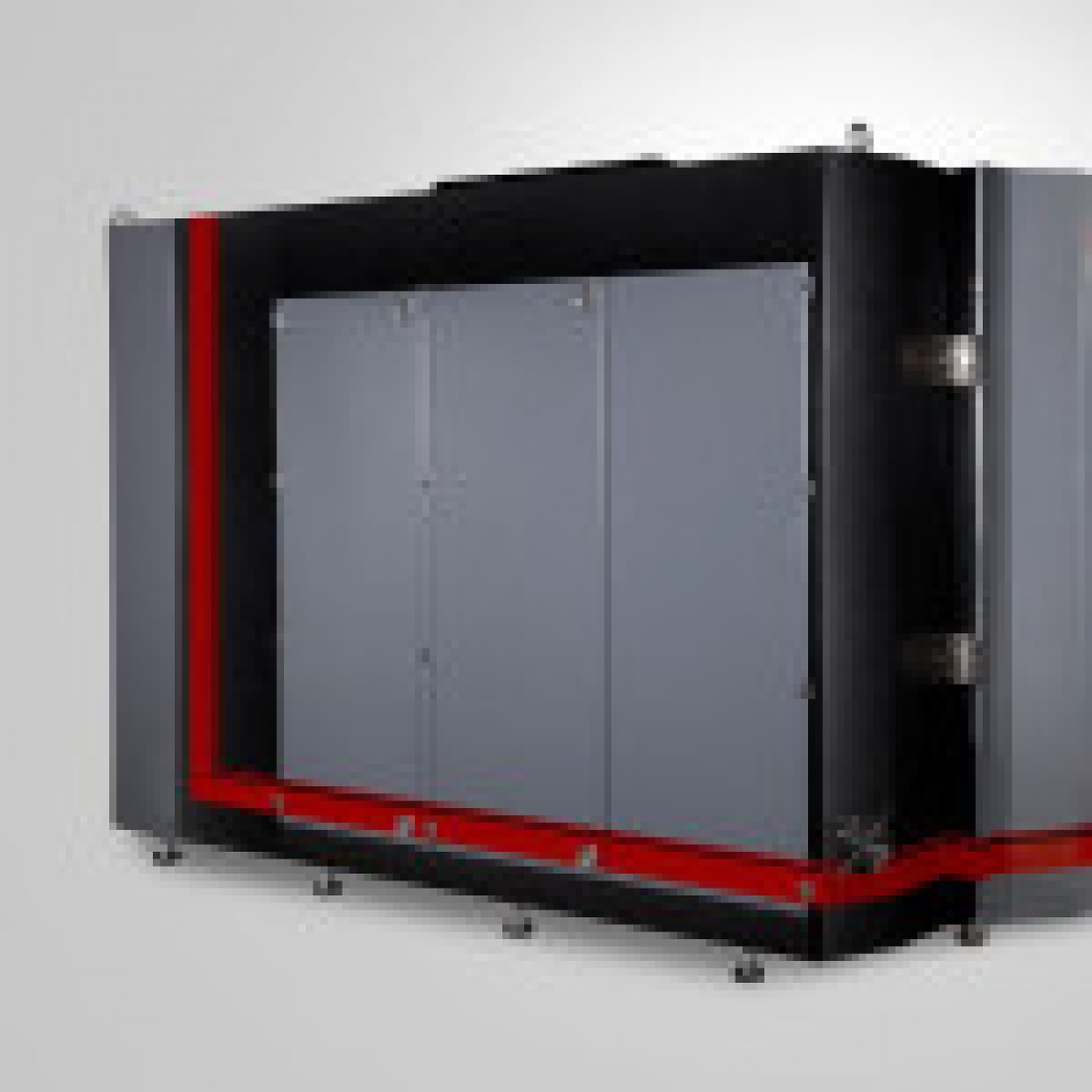Sputtering is one of the vacuum-based techniques used to deposit thin film coatings. This technique involves three basic steps including; the momentum transfer from high energetic ions of ionized gas to a cathode (Target), the ejection of atoms from the Target, and then the deposition onto a substrate (anode).
Introduction
Sputtering is one of the vacuum-based techniques used to deposit thin film coatings. This technique involves three basic steps including; the momentum transfer from high energetic ions of ionized gas to a cathode (Target), the ejection of atoms from the Target, and then the deposition onto a substrate (anode). This procedure needs a plasma medium as a prerequisite and the common diagnosis of plasma formation is a phenomenon called glow discharge. The glow discharge is a sign of electron transaction between energy levels inside atoms, which is caused by occurrence of electric discharge between two oppositely polarized electrodes-target and substrate. As implied by the mechanism, for inception of the glow discharge, and consequently layer deposition, a minimum electric potential, controlled reduced pressure and suitable gaseous reactants are required.
Apart from the main application of sputtering in which the ejected atoms from the Target deposit onto a substrate, it can also be used to clean and etch the substrates which are placed in the sputtering device as a cathode. An important advantage of sputtering compared with other coating techniques is that a variety of materials even those with very high melting point can be employed to produce thin films on different substrates. While evaporation or melting of these materials is sometimes very costly or impossible.
Diode sputtering is the most common sputtering technique in which a relatively strong potential (0.3 to 5 kV) is applied between two electrodes placed in a container which is connected to vacuum pumps. As mentioned earlier, the diode sputtering is the most common sputtering technique, and typically used for deposition of conductive layers onto samples for the electron microscope. The sputtering has also other types which have been developed to increase deposition rate in industrial applications.
Nearly in all sputtering types, an external magnetic field is used to modify plasma and increase sputtering rate, in such cases the process is called Magnetron Sputtering. In Magnetron Sputtering, under the external magnetic field that is parallel to the cathode plate, electrons are forced to move in a spiral trajectory near the cathode rather than straight path towards the anode. Thus, the electrons generate localized plasma with higher density near the cathode. As a consequence, the plasma seems to be confined in an area near the cathode which results in the higher sputtering rate. It should be noted that, only the ions in the vicinity of cathode take part in sputtering processes, because they are under the influence of an electric field and can be accelerated towards the cathode. Hence limitation of plasma near the cathode can significantly improve sputtering rate, which consequently increases the deposition rate. This feature also makes the layer deposition in a lower gas pressure possible. Therefore, the ejected atoms from the Target can move towards the substrate without much collision with interfering particles of gaseous medium, thereby leading to a higher deposition rate. To increase the deposition rate, Magnetron Sputtering is used often in industrial scales.
Application
Magnetron sputtering is a unique method for producing a wide range of conductive coatings on different substrates. Some of its applications are as follows:
- Deposition of conductive layers for high-resolution imaging by scanning and transmission electron microscopes.
- Conductive coatings on large scale samples (wafer, compact discs, etc.).
- Metallic layers using aluminum, chromium, cobalt, copper, gold, silver, platinum, molybdenum and titanium for industrial and laboratory processes.
specification
The Magnetron Sputtering system is vacuum-based deposition method with high precision, and the only instrument that can offer a wide range of various types of coatings with different structures. The Magnetron Sputter Coater AFSC and ALSC models are able to deposit thin films of noble metals such as Gold, Silver, Palladium and Platinum with fine-grained structure on the non-conductive or semi-conductive substrates. Details of technical specifications are presented in the following Table.
 Advantager of using nanotechnology
Advantager of using nanotechnology
Magnetron Sputtering is an exquisite method for producing various coatings. In fact, each material which can undergo the sputtering conditions (plasma formation, ion bombardment, etc.) can be a good choice as a coating or substrate. Therefore, by choosing the device functional parameters appropriately, a material with different structures such as microstructures, nanostructures, nanocomposites, etc. can be produced.
Manual and maintenance
- This device should be installed and used by a fully trained and competent person.
- Device should be installed in a place with sufficient ventilation and away from direct sunlight.
- A single-phase AC power supply and an earth connection cable are required for rotary pump.
- Be sure the vacuum pump fittings are correct. If the vacuum pump has a power switch ON/ OFF, make sure that the switch is ON during the deposition process.
- Always keep in mind that the vacuum pump should be turned off before removing the coated specimens (If the user forgets to turn off the system, the vacuum pump will turn off automatically after 1 hour).
- Before conducting any maintenance, ensure that the main power supply is turned off.
- In case of using water circulating system for cathodes, the inlet and outlet must be selected properly.
- For more details on how to use the device, refer to the device catalog and user guide.
Safety and package
- Ensure the proper connection of the device earth cable and use an appropriate power grid according to local regulations.
- The device installation site should be free of dirt and dust.
- Device must be placed and used at proper distance from the noise-sensitive electrical systems.
- During device operation, the ambient temperature should be in the range of 15 to 25 °C) and the relative humidity should not exceed 75%.
- The ambient temperature should not exceed 40 °C or fall below 4 °C.
